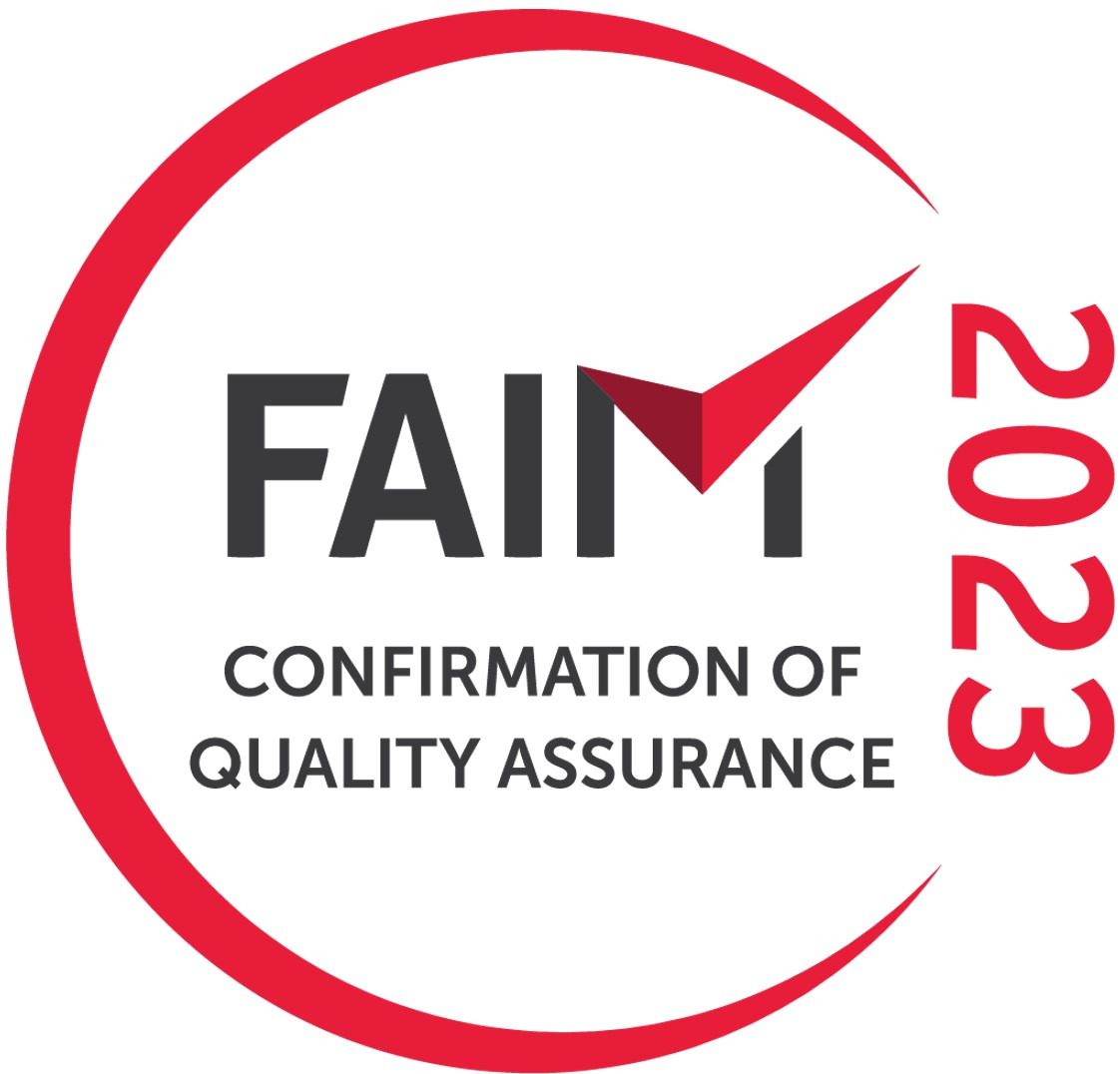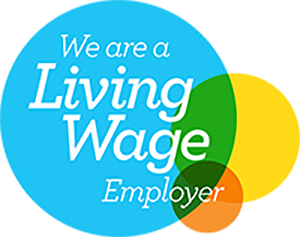On the whole, moving to New Zealand from the UK is a fairly easy transition. The food is great, the sunshine is phenomenal, and the quality of life puts many other countries to shame. But it’s not all smooth sailing.
On arriving in New Zealand, newcomers will first need to adjust from GBP£ to NZD$, with the lower value dollar making everything seem more expensive than it really is. But, even with the exchange rate accounted for, there are a few things that cost significantly more in New Zealand than in the UK. A few of the most substantial, in no particular order, are:
1. Produce
New Zealand relies heavily on its own farmers and growers to supply the country’s food. This sustainable system means less food is imported and seasonal food is available in plenty. Unfortunately, it also means that unfavourable weather conditions have a large impact on food prices.
Being so reliant on the environment, a cold snap can hurt growing crops, which in turn command a higher price as demand outstrips supply. And, while core produce is available year-round, you can expect to pay over the odds during the “off-season”. A cucumber can triple in price from spring to winter, while even a humble cabbage can reach $9 if the weather hasn’t been kind.
2. Internet
One of the first things you’ll want to do when arriving in New Zealand is to set yourself up with a new SIM card and data package. But you might be in for a shock when you see the prices.
A recent study showed that New Zealand ranked as the third most expensive country in the world for mobile data per gigabyte, beaten only by Belgium and Canada. While the average unlimited data package in the UK sits at around £24 per month (NZ$48), New Zealand averages $81 per month.
The reason for the high prices is that mobile data infrastructure here is lagging behind the rest of the world in a major way. Towers are incredibly expensive to build, and there simply isn’t the demand, as most locals are in the habit of using their home wifi instead of relying on mobile data.
3. Furniture
If you’ve read Travel Tales: 5 Things I Wish I Had Brought To New Zealand, you’ll already be familiar with this old chestnut, but furniture in New Zealand is expensive. Well, comparatively anyway. Without the likes of IKEA, there’s a short supply of quality, low-cost furniture.
As New Zealand has a trade deal with China, budget furniture options are imported from a range of Chinese manufacturers. But without having a central retailer quality-checking the products, it’s impossible to sort the good from the bad. Instead, kiwis predominantly buy solid wood furniture with a high price tag to match.
4. Property
Over the past three years New Zealand has experienced a huge boom in house prices, with some areas tripling in average sale price. This comes as a disappointment to those who delayed moving during COVID, as many are now effectively priced out of the market.
In January 2019, the average national house price sat at $694,000 (£352,000). Fast-forward to 2022 and the average is now $956,000 (£485,000). While prices are more reasonable now than their peak earlier in the year, they’re unlikely to return to their pre-COVID levels.
Considering moving to New Zealand? For more information visit our international removals to New Zealand page.
















